DIY Projects To Get Off The Grid
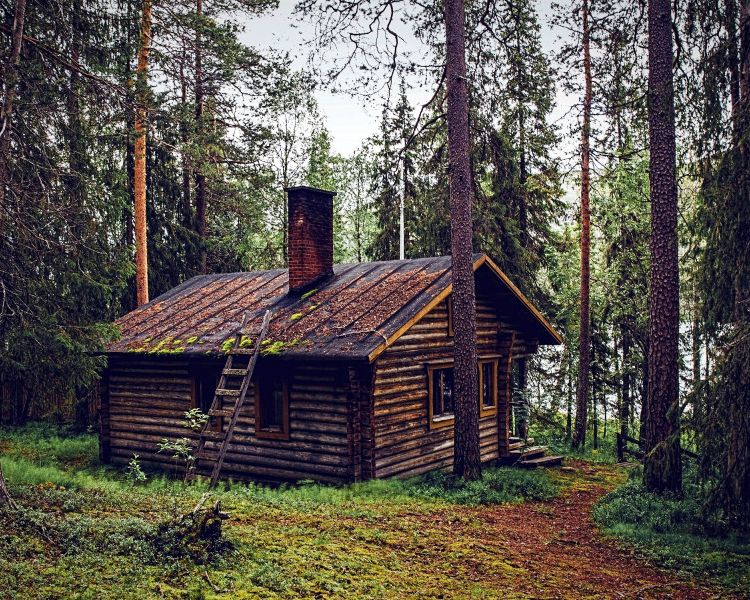
Getting off the grid can take a lot of time and effort, but it offers securities that many who live on the grid don’t have. With the proper preparations, you can save money, live sustainably, and be prepared for any disaster that comes your way.
These DIY projects are simple and efficient ways to become self-sufficient and maximize your supplies. From growing and preserving food, to harnessing your own natural energy, here’s how you and your family can prepare for a zombie apocalypse…
Make A Three-Bucket Bio-Filter

Water is one of the first things to go scarce when a natural disaster or other emergency occurs. For the times when water is abundant, but not clean, a simple water filtration system can save lives. Bio-filters are cheap to make and easy to build with basic supplies you may already have around the house.
This filtration system stacks three buckets on top of each other that provide three levels of filtration. The first is filled with gravel to remove large solids, the second uses sand to remove floating particles, and the third uses activated charcoal to filter microscopic pathogens.
Build a Hydro Generator To Produce Electricity
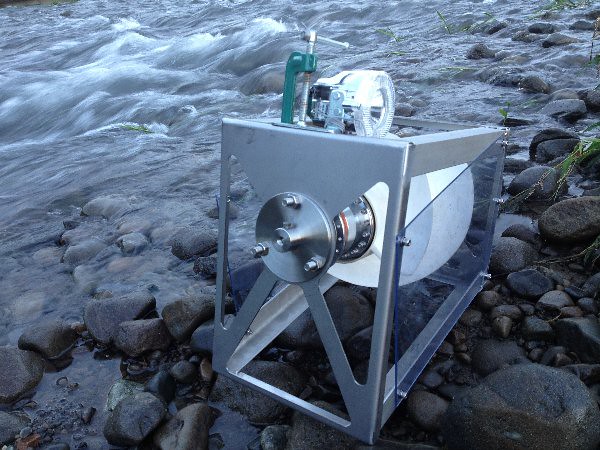
Renewable energy is one of the best ways to produce electricity when there’s no grid power. However, it’s important to harness the natural resources that are most available in your area. Those who have a river nearby can rely on its flow to tap into an endless supply of water energy.
With the use of a small hydro generator, you can create a battery bank that’s able to power appliances and charge devices. It can also be adjusted and scaled to fit your needs, making this one of the most reliable no-grid power solutions.
Portable Solar Generator

Using the power of the sun is one of the best alternatives to getting power off a grid. When harnessed correctly, a solar generator can power small household appliances, charge laptops and cellphones, and run lights or A/Cs. It also saves money compared to a generator and comes without the loud noise or smell.
You’ll need two 8-watt solar panels, a marine deep cycle battery, and an inverter. Connect the batteries to the inverter and the solar panels. The panels will charge the batteries and the inverter will convert it to AC power that can be used to charge devices.
Build Your Own Rocket Stove
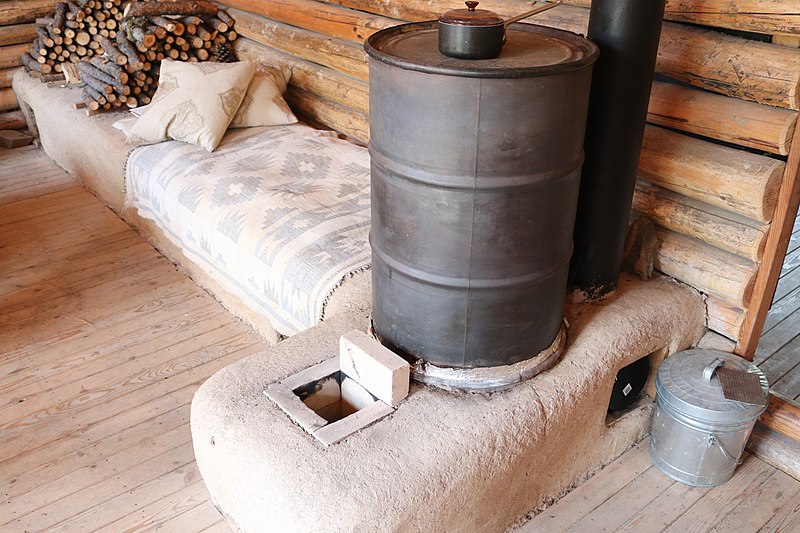
Rocket stoves are simple combustion stoves that creates a lot of heat. It has a vertical chimney and an angled design that ensures plenty of airflow. In addition to being highly efficient, these stoves are also portable, easy to make, and can burn nearly any organic material.
There are many creative ways to build your own rocket stove, but one of the easiest can be made from recycled materials. Intersect two soup cans and a larger #10 can to form the main compartment. Add insulation around the inner can and secure the larger lid over it for an easy stove that you can cook over.
Create A Pressurized Rainwater Harvesting And Purification System
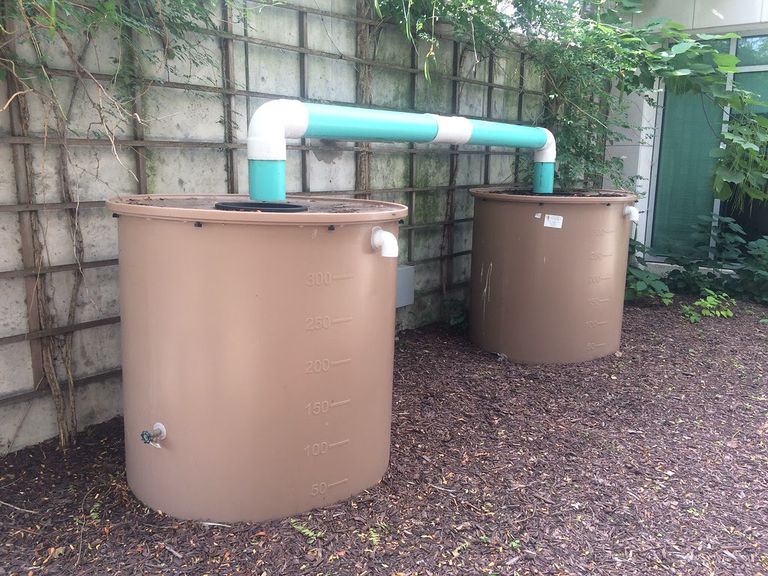
Water is essential for survival, but unpredictable weather and events run the risk of it becoming scarce. A water catchment system is an excellent way to collect rainwater for non-potable uses, while one that purifies and stores it is perfect for an emergency supply of drinking water as well.
A pressurized rainwater harvesting and purification system is a green way to save money and be prepared. Vertical storage is pressurized by gravity for easy dispensing without the need for a pump or siphon, and it only takes a few hours to build for a lifetime supply of clean water.
Turn Your Car Radio Into A Transmitter
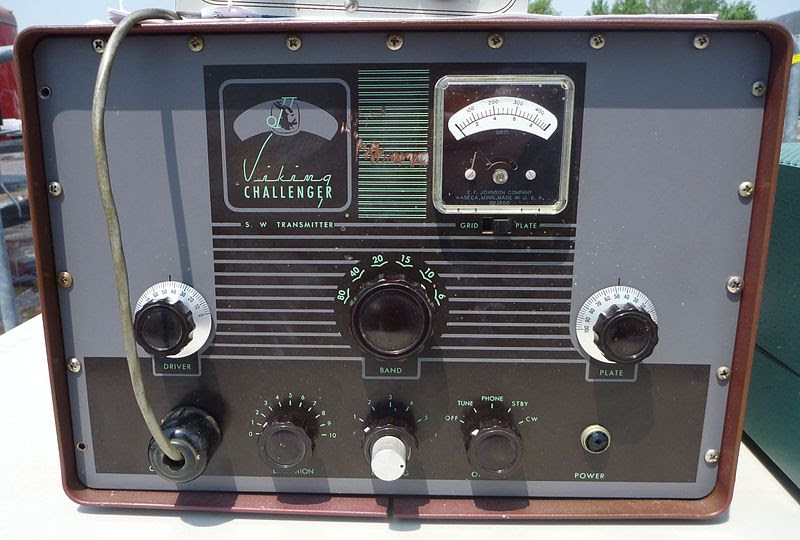
Although most people are used to having several ways of communicating at their fingertips, this can all change quickly after an electromagnetic pulse. This burst of energy has the potential to destroy electronic devices, rendering most forms of communication useless.
By learning how to turn your car’s CB radio into a transmitter, you’ll have the advantage of communication when others don’t. You’ll create a powerful transmitter that’s capable of emitting and receiving communications from as much as hundreds of miles away, giving you a tactical advantage in an off-grid situation.
DIY Solar Still
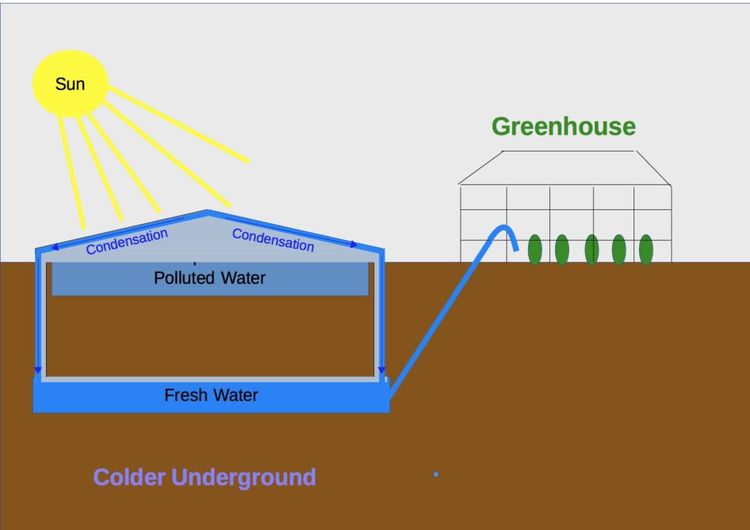
One way to naturally obtain clean water is by distilling unclean water. Not only can distilled water be used for drinking, but it can also be used to refill lead-acid batteries for cars and solar energy systems, in irons and humidifiers, and to water delicate plants.
A solar still requires a sheet of glass, a BC-grade plywood box that’s been painted black and sealed, a container to collect the vapor, and PEX tubing. Water in the box will heat, causing it to evaporate and vapors to attach to the angled glass on top. The water will run through the tube and into the bucket, ready to use.
Raised Garden Beds With A Hoop House And Pest Protection
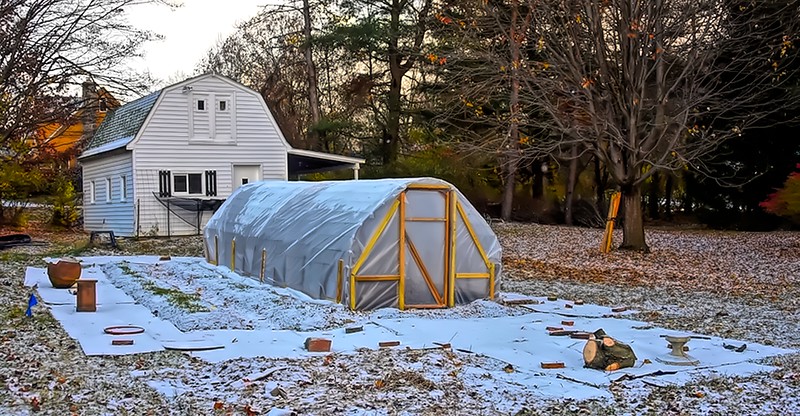
From pests to bad weather, there are many environmental factors that can hinder a crop’s growth. By building a raised garden bed with a hoop house, you can create a sheltered area for crops to grow in a minimal space that’s easy to harvest.
Growing food helps ensure that you have the resources you need on hand, but different living situations can change how that looks. A raised garden bed is ideal for those who don’t have the time or space for a big garden, while a hoop house protects your crops from pests and weather.
Set up An Aquaponics Farm

Aquaponics farms require no fertilization and are virtually disaster-proof. They use only 8% of the water needed in conventional gardens, but produce five times as much food. These setups are commonly used in bunkers specifically for survival purposes, and they’re easy to set up at home.
The water in an aquaponics farm is home to fish that are fed through nutrients from the plants. The fish then provide a natural fertilizer that feeds the plants. This circular system thrives indoors or outdoors and will produce food for years without being affected by environmental factors.
Identify Natural Remedies Found In The Wild
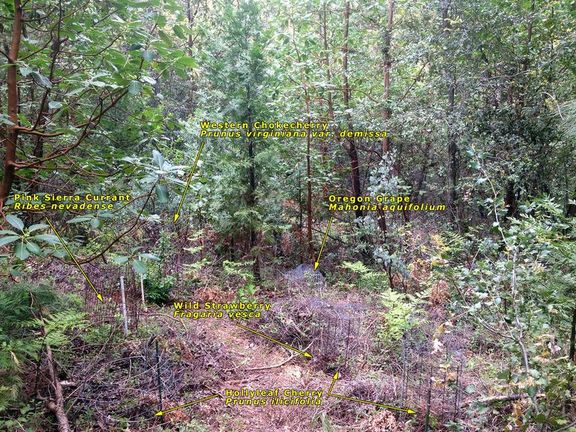
Growing your own herbal remedies is a great survival project, but in emergency situations, you can’t always rely on staying in one place. Learning to identify natural remedies around you provides an abundant resource that many overlook, but can give you the tools you need to survive.
There are over 40 wild plants that grow all over North America, ready to be used with only the need of being properly identified. By harnessing the powerful healing properties of these plants, you’ll discover a new world of remedies in the usually overlooked weeds and plants in your neighborhood.
Get Rid Of Pests With Harmless DIY Traps
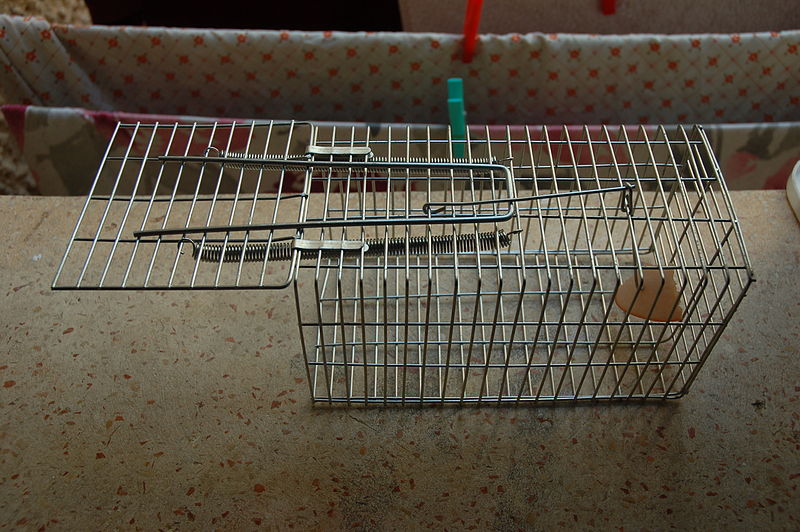
Not only can pests spread diseases, but they can get into food and water supplies as well. While this is not ideal in any situation, it can be especially harmful when you are relying solely on your stock supply.
There are tons of traps that can easily be made to capture pests without injuring them. One example is using a plastic bottle to trap pests like mosquitoes, wasps, and hornets while using dishwashing liquid as a convenient way to get rid of fruit flies.
Build A DIY Composting Toilet
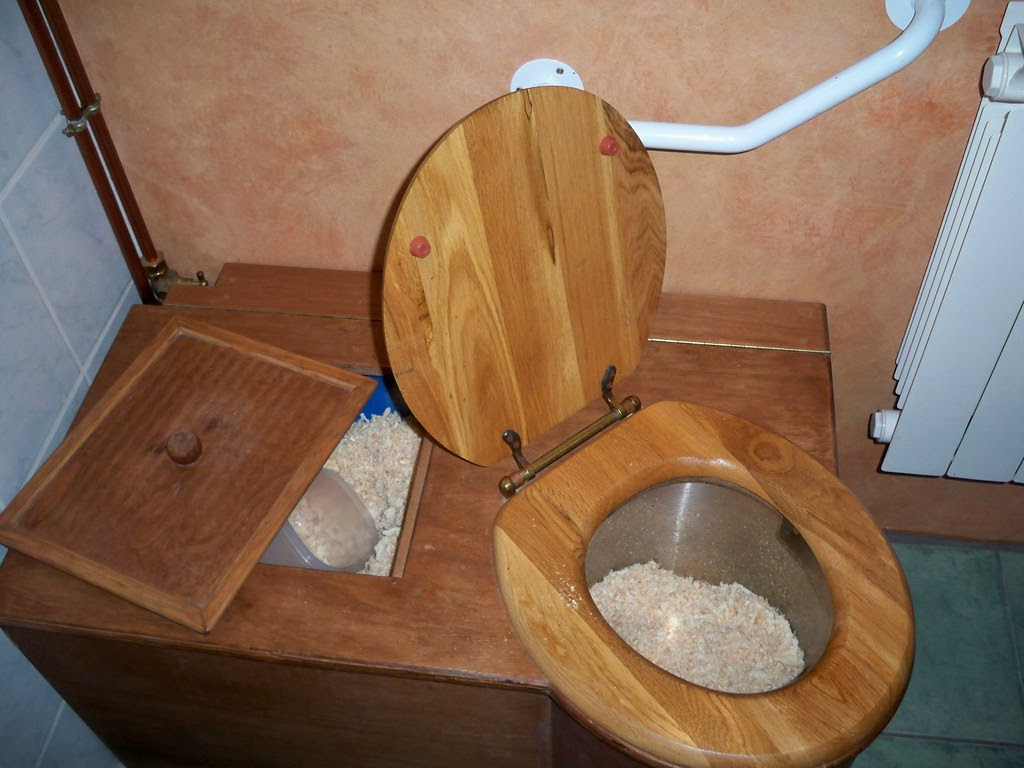
Everyone has to go, but managing human waste can be difficult without plumbing. A composting toilet is a great off-grid solution and can easily be made at home with a couple of 5-gallon buckets, four 2×4 planks of wood, a large piece of plywood, a toilet seat, and screws or nails to hold it all together.
First, make a hole in the plywood for the toilet seat, then create a stand for it by joining the wood planks with the plywood. Place one bucket beneath the seat to catch droppings, then fill the other with absorbent materials like dried leaves or sawdust to scoop on the waste after each use.
Keep Food Cool With A Zeer Pot
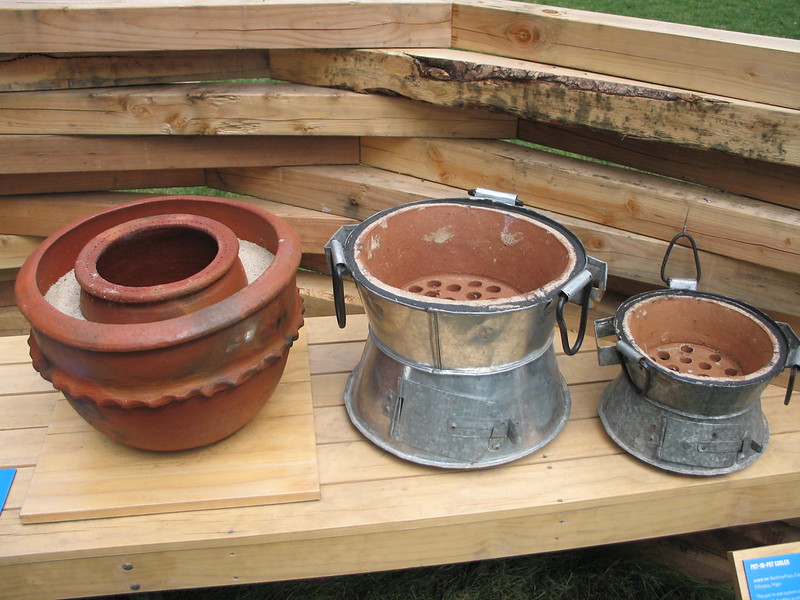
Zeer pots, also known as pot-in-pot fridges, are an efficient way to keep vegetables fresh while off-grid. It uses two terracotta pots and the natural process of evaporation to create cool insulation that’s able to preserve fruits and vegetables for as long as a month.
Start with two terracotta pots, one smaller and able to fit into the other. Pour sand between the two pots and keep them moist for as long as they’re in use. As the water evaporates, it will naturally cool the inner pot, in turn keeping the contents of the inner pot fresh as well.
Passive Window Solar Heater

Power bills can be expensive during the winter months, and living off-grid makes staying warm even harder. With a simple DIY window solar heater, however, you’ll be able to harness the warmth of the sun to heat any room with only some Styrofoam, black spray paint, and aluminum foil.
Cut the Styrofoam to fit into your chosen window, wrap it completely in foil, and paint it black on one side. Then place the heater into a window to let the painted side absorb the sun’s heat. The foil will reflect the heat back into the room.
Build A Pet Shelter
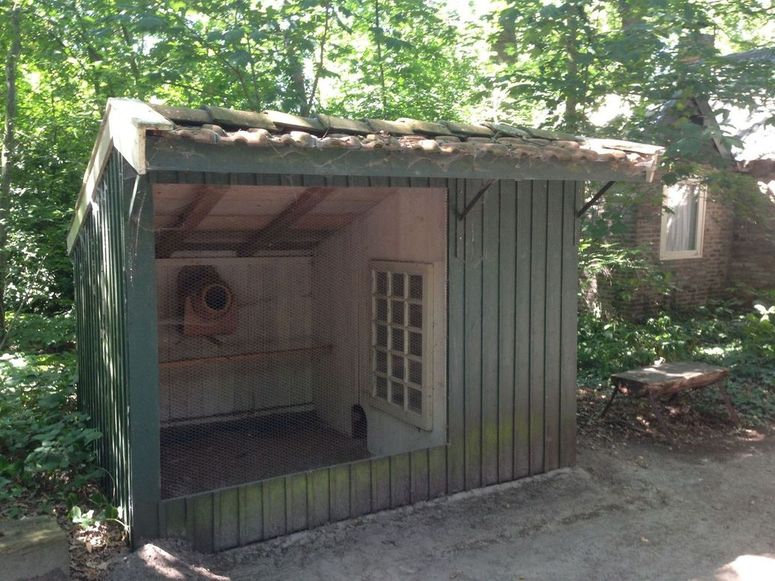
Shelter is a basic human necessity for survival, and it’s just as important for our pets. While there are plenty of manufactured pet homes for sale, building your own can save you money and let you customize it for the perfect conditions.
There are tons of creative doghouse designs out there, but all you need to start with are a few sheets of treated plywood and lumber, some sheathing, a saw, and some nails to hold it all together. Insulation can also be added, while carpet can make the home comfortable for your furry friend.
Harness The Power Of The Wind

A homemade wind turbine is a great way to obtain natural energy, especially in the plains and other windy areas. Creating a hybrid system that combines wind and photovoltaic technology will even allow you to power your home while remaining off-grid.
Hybrid wind energy systems most commonly charge batteries with the use of wind, then invert that energy into AC to power appliances and devices. An engine generator that’s powered by conventional fuels may also be added to help recharge the batteries at times of low wind.
Store Eggs Without A Refrigerator

When stored properly, there is no need to refrigerate eggs. In fact, they’ll even last longer than when you do. Eggs naturally have a protective coating that prevents them from spoiling when stored in cool temperatures, and they can last this way for several weeks.
The most important thing about storing eggs without refrigeration is to keep this coating intact. This requires buying farm-fresh eggs that haven’t been washed, then storing them in a cool place. Your eggs will remain fresh for approximately 2 weeks and can last for as long as 6 months.
Build A Greenhouse

Greenhouses are an excellent way to grow plants year-round, especially in colder regions. They’re a guaranteed way to always have food and medicinal herbs, and they can be built to any size that suits your property.
Not only do greenhouses keep your plants sheltered from the weather and other environmental factors, but they also generate power. Depending on the size of your greenhouse, you can harness and invert this energy to use for everything from powering an irrigation unit to powering a home.
Off-Grid Washing Machine

Washing clothes by hand can be a tedious process, particularly when it’s done for multiple people. To make life easier, you can build a DIY washing machine to do some of the work. A simple design requires no electrical power, but rather uses the power of a hand crank.
Place your clothes into a mesh bag, then place the bag into a bucket and fill it with soap and water. Attach a lever-driven shaft in a way that will churn the bag within the bucket and use a crank to wash. Finish by rinsing the clothes, ringing them out, and hanging them to dry.
DIY Humidifier

Dryness in the air can lead to discomfort and even sickness, and it happens particularly at colder times of the year when we are already more susceptible to these. With a DIY humidifier, you can easily add moisture into the air without the need for power.
One of the easiest methods uses only a Ziplock bag and a sponge. Soak the sponge in water, place it into the bag, and poke holes in the bag to release moisture into the room as the water slowly evaporates. Adding plants to your home can also add moisture, as can fish tanks and decorative fountains.
Preserve Produce Through Canning
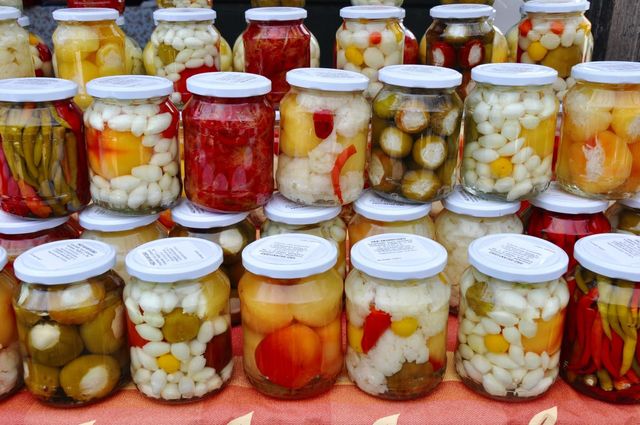
Canning is one of the best ways to preserve fruits and vegetables. Cans or jars are heated to kill any microorganisms, then cooled to create a vacuum seal. It’s a great way to make seasonal produce last throughout the year, and it can be used to preserve everything from vegetable spears to sauces and jams.
Canning first requires all equipment to be sterilized for several minutes in simmering water. Fill them with your produce, then close the lid and place them into a pot of water. Boil the water for a minimum of 10 minutes before carefully removing them to cool, and the jars will seal in the process.
Plant A SHTF Medicinal Garden

You don’t need much space to grow all the medicinal plants you could need in an emergency. From life-saving remedies to those that can reduce stress and maintain health, a 96-square-foot space is all you need to grow your own apothecary.
A complete SHTF medicinal garden will include plants for all common ailments. This includes plants that have anti-inflammatory or antibiotic properties, those that act as natural painkillers, and those that reduce blood pressure. Popular choices include thyme, lavender, chamomile, and peppermint.
Turn Eggs Into Egg Powder
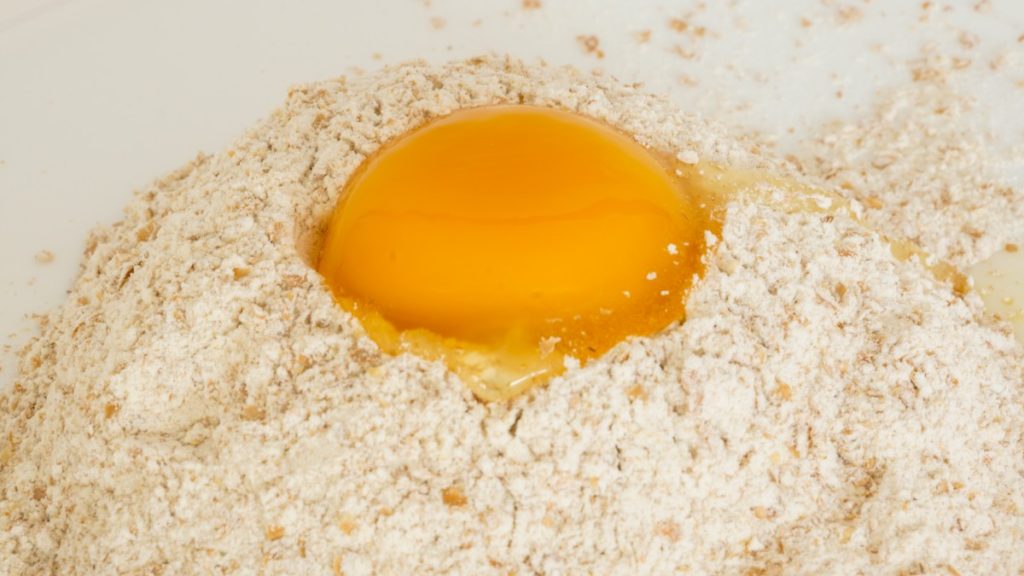
Dehydrating eggs and making a powder will make them last longer than they would otherwise, and it can be stored and used to make everything from scrambled eggs to baked goods. They’re perfect for anyone who frequently camps or backpacks, and it can even be used in a prepper food supply.
Whisk eggs until well blended, then pour into dehydrator trays pre-lined with parchment paper. Dehydrate for 12 to 18 hours, then blend or process until powdered. Store it in a glass jar with an oxygen absorber and seal. To reconstitute the eggs, add 6 tbsps. water to 2 tbsps. egg powder and mix.
Reupholster Furniture
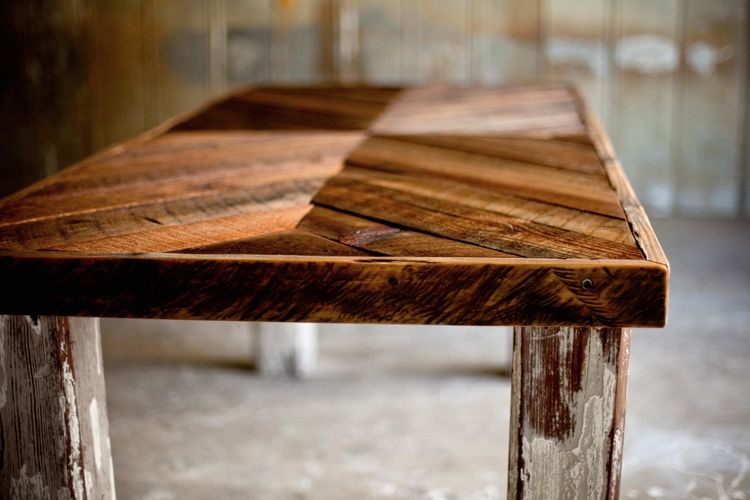
Just because there’s a rip or some stains on an old couch, futon, or recliner doesn’t mean you have to go out and purchase a new one. Reupholstering old furniture is an affordable way to bring new life into your pieces while giving them a new look that will feel like new.
Reupholstering furniture requires fabric, stuffing, and some sewing supplies. Carefully remove the old material, repack the insides, and cover with your new material. You can even customize the firmness or thickness for your preferred feel.
Homemade Detergent
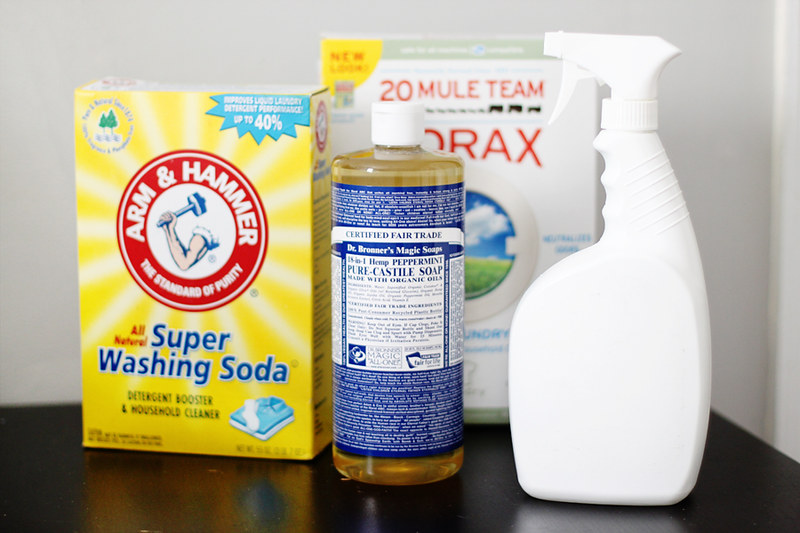
Although each type of soap is sold as a separate item in stores, detergent can easily be made at home from solid soap bars and a few other simple ingredients. You’ll need only a ½ bar of soap, ½ cup washing soda, ½ cup Borax, your favorite essential oils, and a bucket to mix it in.
Grate the soap into small pieces, place it in a saucepan with 6 cups of hot water and melt it until dissolved. Fill the bucket with a gallon of hot water, combine all ingredients in the bucket, and mix well. Let it cool overnight for a thickened soap by morning.
Cure Meat To Store Without Refrigeration

Curing is one of the oldest methods of preserving meat and can even be traced back to the Ancient Romans. It uses salt as a preservative and works for most varieties of cooked and raw meat. The meat does have to be chilled, so it’s best used in cool temperatures or when refrigeration is available.
To cure meat, as much fat as possible should first be removed. Cover the meat in salt and any other spices you’d like, then refrigerate or otherwise cool it for at least a week. Rinse the salt and spices back off the meat, tightly wrap it in cheesecloth, and store it in a cool and dry place for 2 to 3 months.
Grow Food On Your Fence
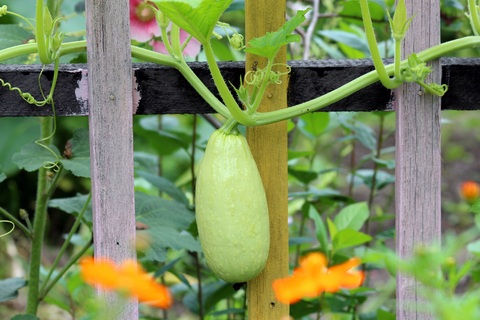
Utilizing wall space is one of the best ways to maximize the storage and usable space of any room, so why not do the same with your fence? With just a few supplies and a bit of time, you can turn your drab wooden fence into an abundant garden for herbs, produce, and flowers.
All you need is a fence and some wooden planters. Attach them in a staggered pattern to maximize space and reinforce where needed. The proximity to the fence will keep the planters hidden from neighbors and passersby while providing plenty of room to grow your favorite garden staples.
Make Your Own Clothes
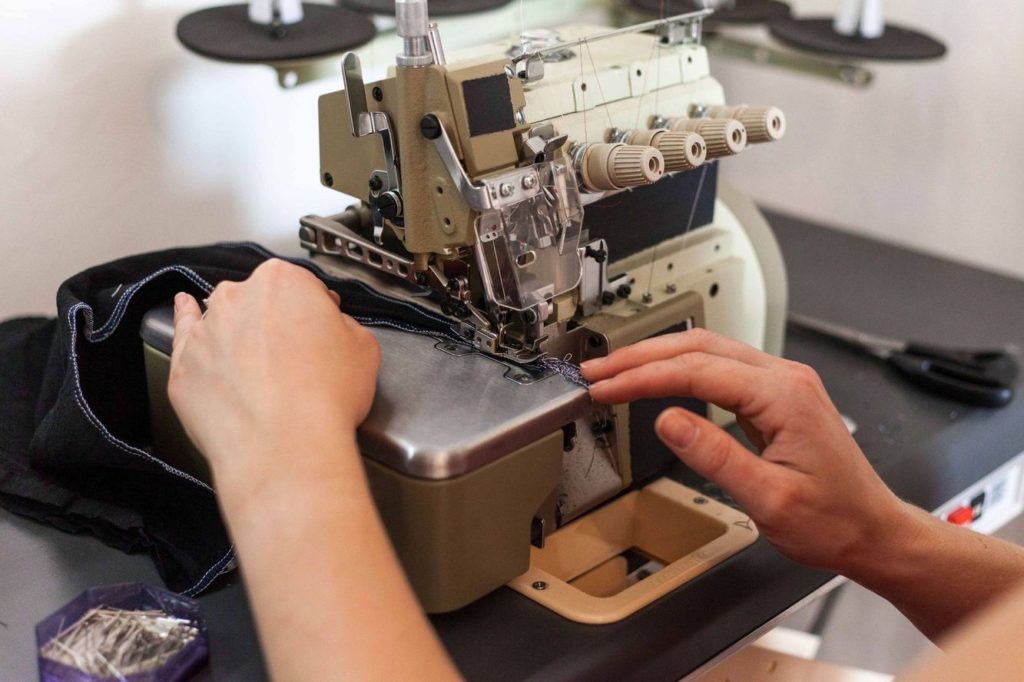
Rather than spending hours shopping for clothes and spending hundreds on fast fashion, why not sew your own clothes? Old clothes can easily be hemmed with only a needle and thread, while fully customized outfits can be sewn with the help of a sewing machine.
Depending on the type of garments you’d like to make, you may also choose to knit your own clothes. This is a great solution for warmer winter clothing such as hats, scarves, and sweaters, and can be an entertaining pastime when the temperatures drop.
Make A Powerful Survival Food That Can Last Over 20 Years
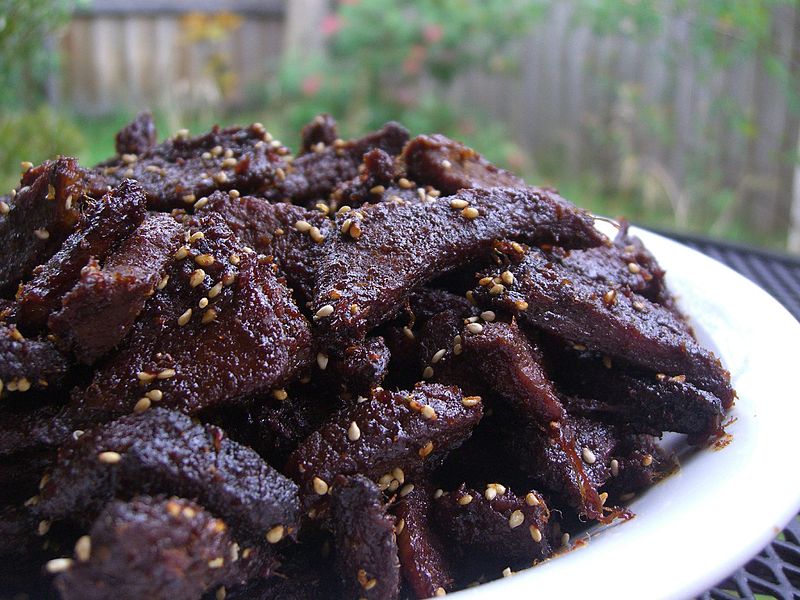
One of the most powerful survival foods isn’t something canned or packaged but instead comes from indigenous North American people. Pemmican was first invented to preserve meat without the use of refrigeration, but it’s now often made as a prepared survival food with a shelf life of over 20 years.
Pemmican is made with ground meat, rendered fat, and woodland berries. It’s a high-energy food that has nearly all the calories in a standard 2,000 calorie per day diet in only half a pound of food, making it perfect for times when food is scarce.
Raise Livestock
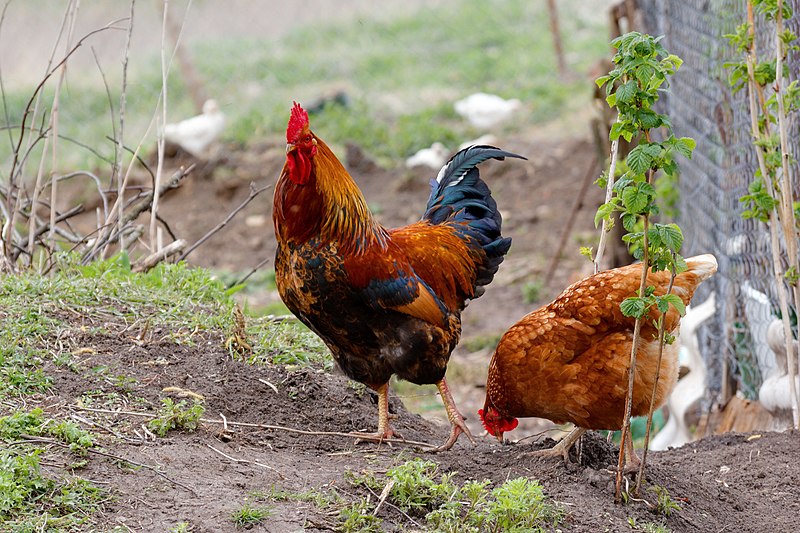
Growing and raising food is a vital part of living off-grid. For those who choose not to adopt a vegetarian diet, there’s the option of raising your own livestock. Not only can this ensure having food, but it also guarantees quality meat, eggs, and dairy.
Cows and goats are great for fresh milk that can also be turned into cream, yogurt, or cheese, while chickens will lend an endless supply of eggs. Those who choose to process the meat will also be able to feed a family for weeks off a single animal.
Make Your Own Soap
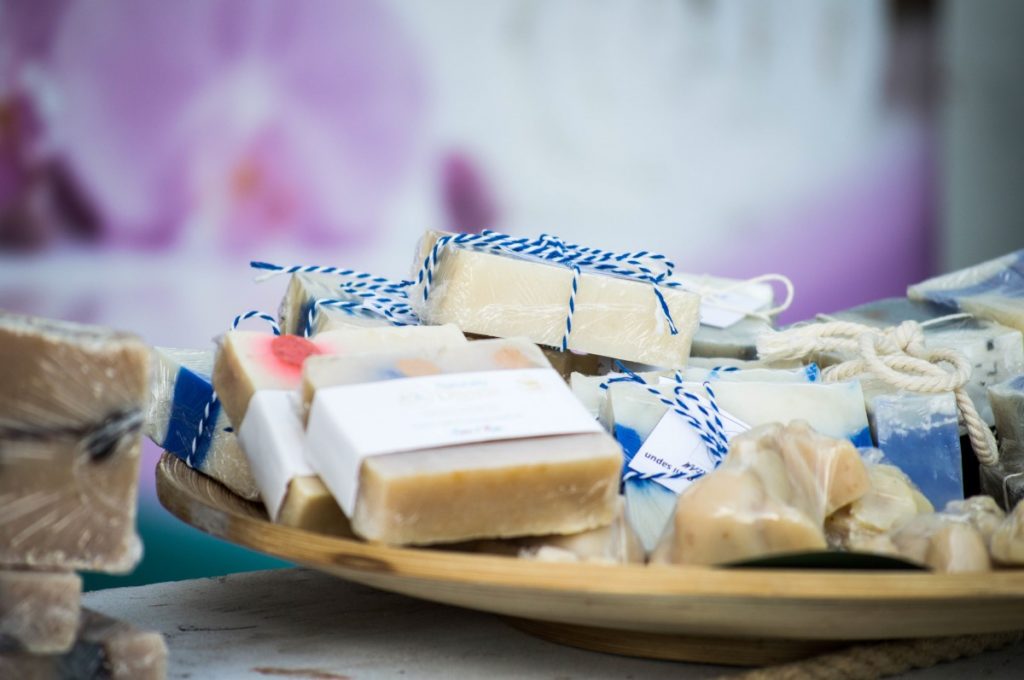
There are many ways to make soap, and it can be a fun project for anyone living off-grid or who just wants products free of unnecessary chemicals and additives. Although lye is still a common ingredient for many soaps, a less toxic version can be made with a soap base and your favorite essential oils.
All you need to make your own soap is a combination of a pure base such as Castille soap, vegetable glycerin, natural oils, and essential oils for fragrance. Nut oils such as almond and coconut oil act as moisturizers, while essential oils like lavender can add soothing properties.
Fight Acne With A Natural Toner
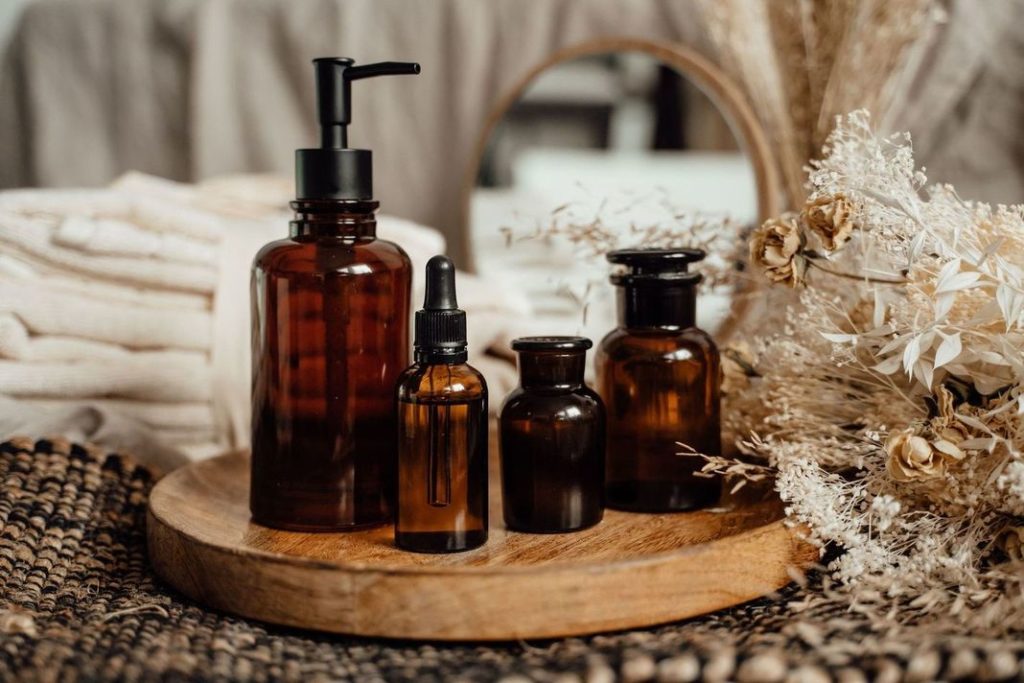
Peppermint and white tea can be combined to create a powerful skin toner that will also combat acne. It can easily be made in a French press and can be made in as little as 15 minutes with just a few simple ingredients.
Combine 4 tsp. white tea leaves, 1 tsp. peppermint tea leaves, 2 drops of lavender essential oil, and ½ cup boiled distilled water in a French press. Steep for 10 minutes, then strain and pour into a glass container. Cool before combining it with aloe vera gel, then transfer it into a spray bottle.
DIY Candles

Candles act as a source of light and heat, making them a staple for off-grid living. Making your own candles is an easy and fun way to customize their look, color, and smell. All you need is wax, a wick, popsicle sticks, a container, and a pot and stove or hotplate to melt the wax in.
Start by melting the wax in a pot and adding any colors of fragrances. Place the wick in the container, then transfer the wax into the container. Hold the wick in place with a popsicle stick and allow the candle to cool before trimming the wick to the desired size.
Apple Cider From Scratch

The only thing better than a cold glass of apple cider during summer is a hot cup of apple cider in the winter. Luckily, it doesn’t take much to make your own from scratch. All you need are 10 large apples, water, ¾ cup white sugar, 1 tbsp. cinnamon, and 1 tbsp. ground allspice.
Cut the apples into chunks and place them into a pot with 2 inches of water. Add all other ingredients and boil uncovered over medium-high heat for 1 hour. Then, reduce the heat, cover, and cook for another 2 hours. Strain the mixture through a fine-mesh sieve and a cheesecloth, then let it cool.
DIY Essential Oils

Although potent store-bought essential oils are made in stills, it’s easy for anyone to make a weaker herbal oil infusion at home. These oils will not have to be diluted and can be used as a fragrance or in skincare. Choose from your favorite herbs, flowers, and spices and pair them with an oil that fits your needs.
Popular infusions include lavender, rose, and lemon, but even spices like cinnamon and cloves can be used. Place the ingredients in a bag and tap them gently to bruise. Transfer them to a glass jar and add your chosen oil. Seal and set it aside overnight, then strain into a dark glass container.
Homemade Marinade
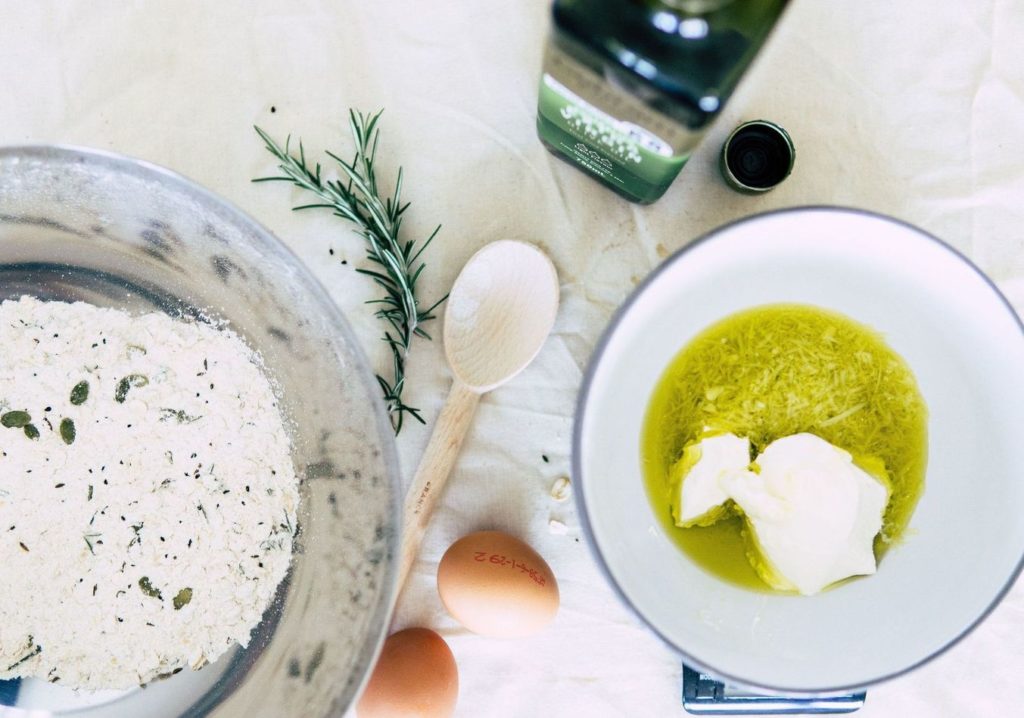
Living off-grid doesn’t have to mean bland food. A homemade marinade is an easy way to spice up a dish, and it can be made with ingredients you likely already have in your fridge or pantry. Marinades pair great with meats and pasta and can be made ahead of time or while preparing a meal.
One tasty recipe uses olive oil, soy sauce, Worcestershire sauce, balsamic vinegar, lemon juice, Dijon mustard, pepper, garlic, and parsley. Mix all ingredients together with a whisk and the marinade is ready to be enjoyed. Play with ratios and ingredients to create your own unique version.
Sugar Exfoliating Scrub

Exfoliating your skin can get rid of dead skin and leave you feeling refreshed. Rather than heading to a store for an overpriced store-bought product, though, you can make your own at home with only brown sugar, honey, and your favorite oil.
Combine all ingredients to create an exfoliating scrub that’s gentle enough for the face and powerful enough for the body. Choose from olive, almond, or coconut oil, then mix until you have a paste. Let the ingredients soak for up to 10 minutes before scrubbing off for the full benefits.
Aloe Face Mask

Aloe vera is one of the best remedies for sunburn or other skin irritations. It has anti-inflammatory, antiseptic, and moisturizing properties that will leave your skin soft and radiant. With a homemade aloe face mask, you’ll always have some on hand to look and feel your best.
Combine ½ tbsp. almond milk with 1 tbsp. brown sugar until it dissolves. Then, add 4 tbsps. Aloe vera juice or gel and combine. Apply the mixture to your face or any other burnt area and let sit for 15 to 20 minutes before washing off with warm water and a cloth.
Portable DIY Drying Rack
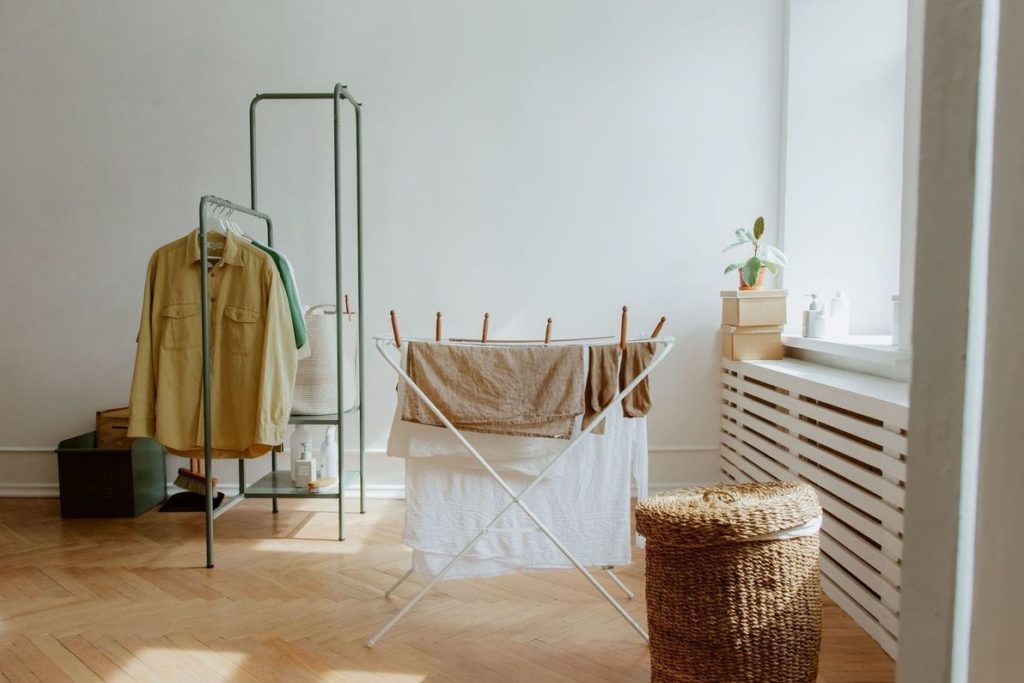
Living off-grid means hanging your clothes to dry. Although clotheslines are convenient in warm months, you may want to be able to move your clothes indoors when the weather turns. Although there are many styles available to purchase, this DIY project lets you customize your drying rack for your needs.
When building your portable drying rack, consider the size you’ll need per load, where you’ll put it, and how you’ll store it when not in use. While some may prefer a hinged A-frame that folds in half, others may prefer a wall-mounted rack that fits behind a door.
